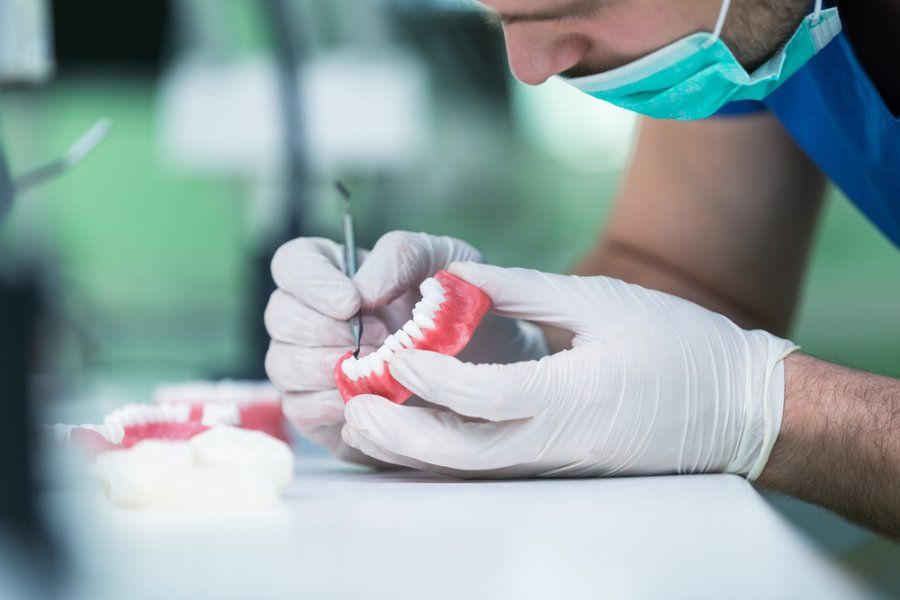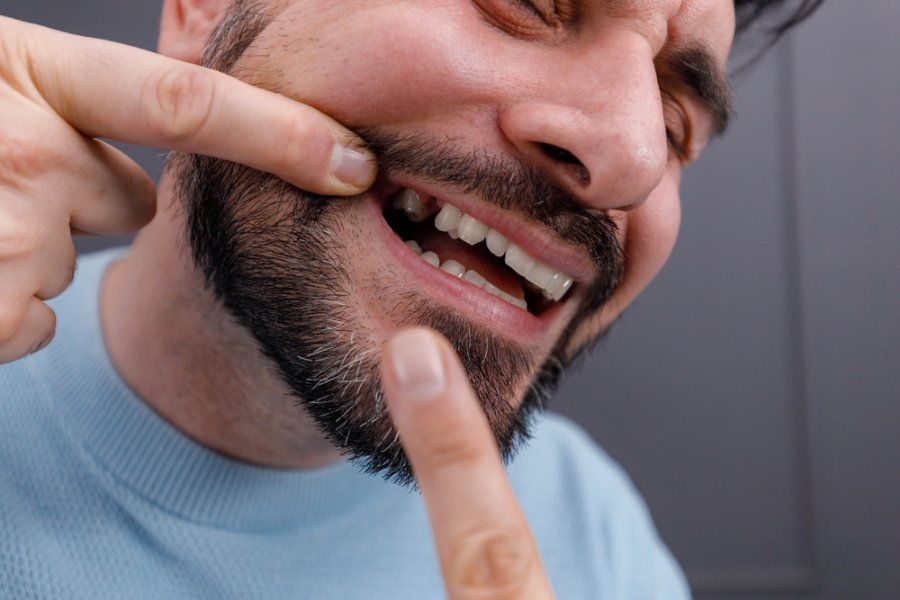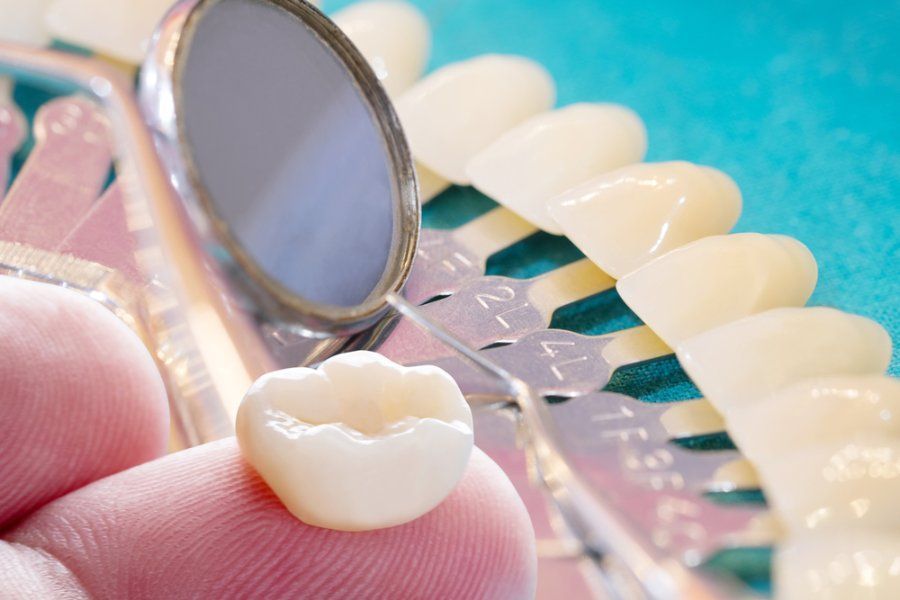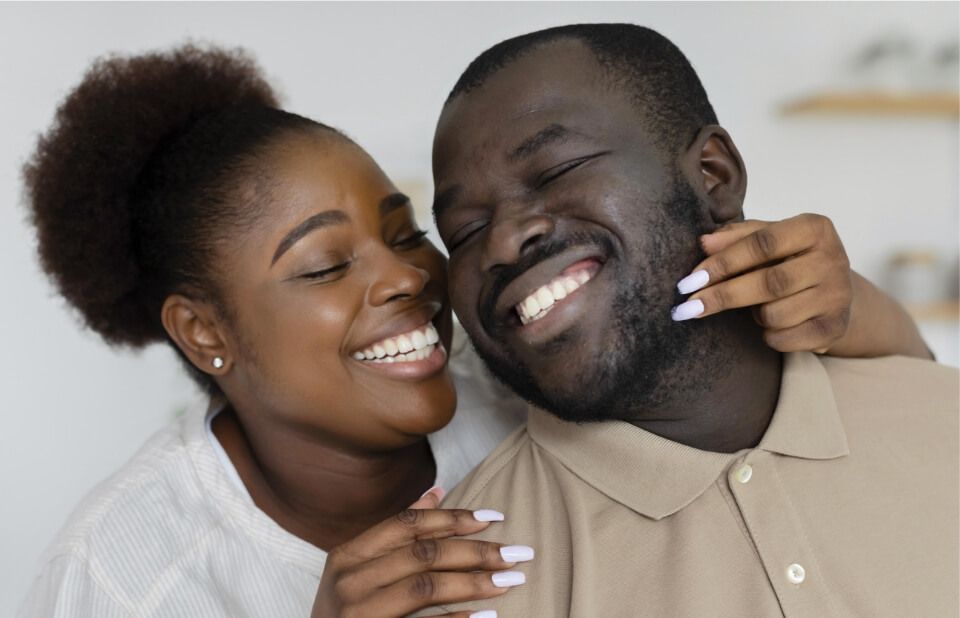Blog
Looking to better understand your dental health?
Read our blog posts to explore helpful tips, treatment options, and expert insights from the team at Dental Arts of Cherry Hills.

From Cracks to Comfort: When Worn-Out Dentures Should Be Replaced
Even though dentures are designed to last 7 to 10 years, they aren’t permanent. Over time, natural wear and changes in your jaw and gums can cause them to loosen, leading to discomfort, irritation, or..

Saving Your Smile: Emergency Tips for a Knocked-Out Tooth
A knocked-out tooth, also known as an avulsed tooth, is a dental emergency requiring immediate attention to save your smile. Whether it's the result of a fall, sports injury, or other accident, seeing a..

Chipped Tooth? Here's What To Do In An Emergency!
A chipped tooth is a common dental injury, whether caused by biting into something hard, an accidental fall, or grinding your teeth at night. The severity can range from a minor cosmetic chip to a deeper...

Dealing with a Dental Crown Emergency
A dental crown emergency typically involves pain, instability, or visible damage to the function of the crown or the health of the underlying tooth. If left untreated, these issues can escalate quickly,...

How to Care for Your Dental Implants for a Lifetime of Smiles
Dental implants have become one of the most trusted, long-term solutions for replacing missing teeth, and it is easy to see why. They look, feel, and function just like natural teeth, and with the right...

How long does it take to recover from dental implant surgery?
Dental implant surgery is a trusted solution for replacing missing teeth, restoring both function and confidence in your smile. Whether it is one tooth or several, implants are designed to look, feel, and...

Dental Implants vs. Dentures: Which Is Right for You?
Dentures and dental implants are two of the most widely used solutions for replacing missing teeth, but how do you know which one is the better fit for you? While both options can restore your smile and...
